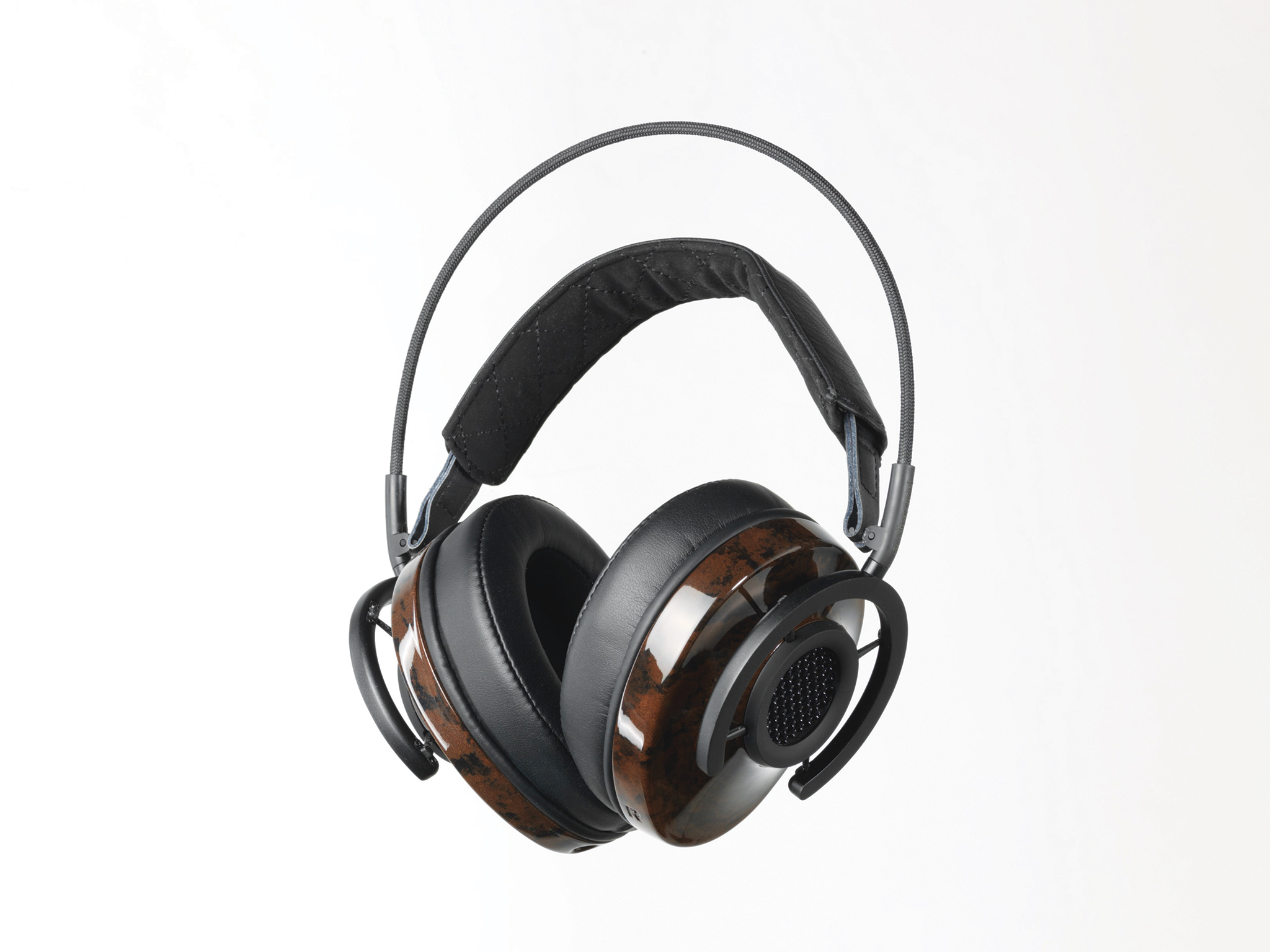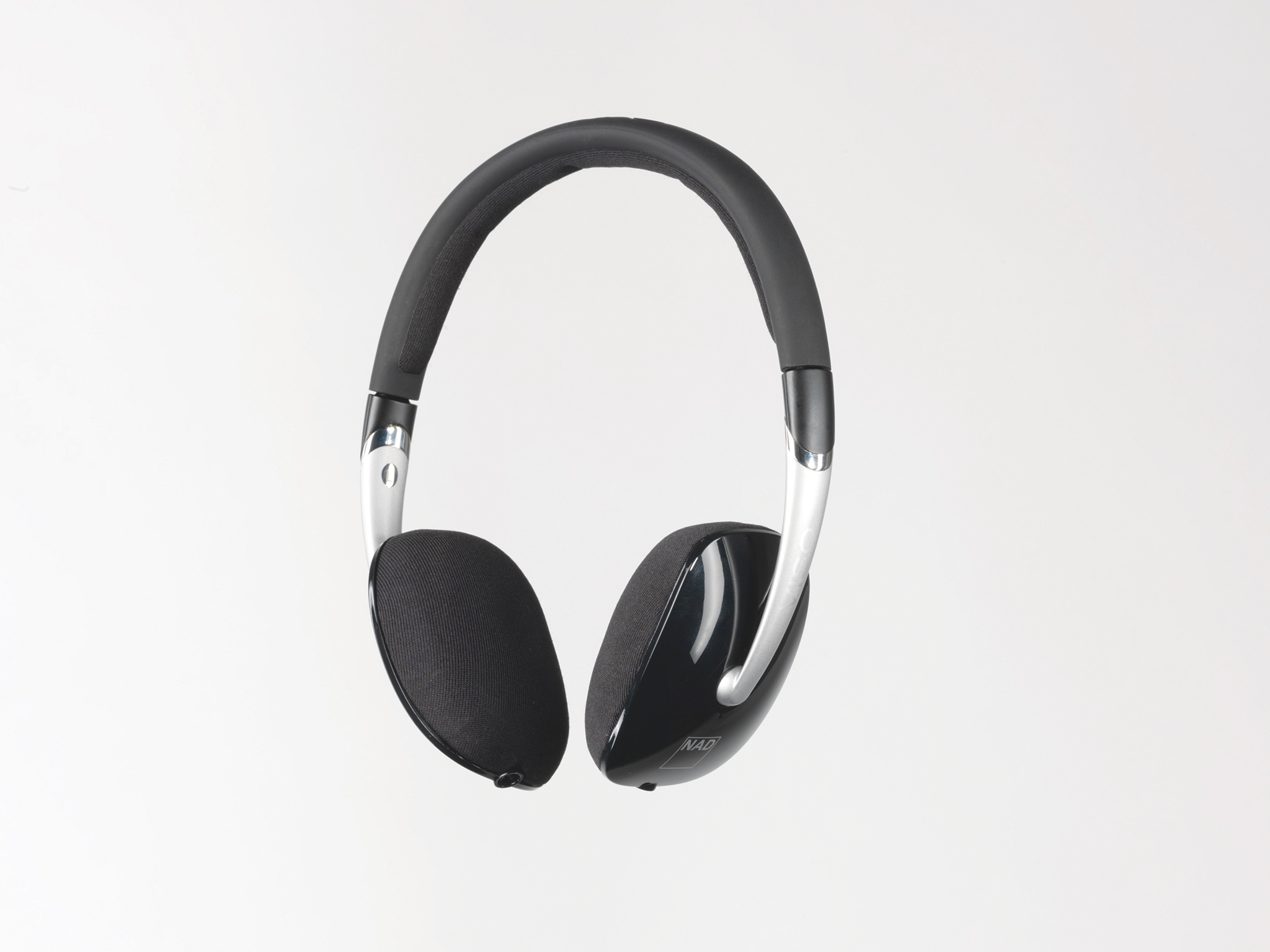Gear 60: Headphones
Turn on, tune in and prog out

B&W, or Bowers & Wilkins to give them their proper old school English moniker, have been in the business of making speakers for decades. Like several other brands, they realised there was a huge market for people wanting to jettison their in-ear buds for something more superior.
The P7s, which retail for around £329, certainly make the most of the company’s heritage. They’re over-ear phones, so they keep the sound in your ears, which makes them a good bet for commuting. The trade-off is that this makes them slightly less comfortable than the NightHawk, but still fine for extended listening sessions.
In terms of sound quality, there’s a notable leap between these and the AudioQuests – the level of detail simply isn’t at the same level. John Cale’s Paris 1919 has plenty of impact, especially the urgent strings that drive the song along, but it lacks some of the clutter you can hear on the pricier model. It still sounds highly impressive though, especially given the price tag. Overall, these are great headphones and ideal for accompanying you on long commutes.

AudioQuest NightHawk £499
Chances are you might have heard of AudioQuest, but not necessarily their headphones. The company have been making high-end interconnects and cables for years, but have now branched out into other areas. And if these headphones are anything go by, it was a very smart move.
Sure, at just shy of £500 they’re very pricey, but for that money you’re paying for three things. First, the quality of the components is superb – you just know that the company’s cable expertise pays dividends here. Secondly, they’re incredibly comfortable – perfect for extended listening sessions. You just slip on the open-back phones, which are made with something called liquid wood, and you barely notice they’re there.
Third, the sound quality is absolutely superb. Unlike some phones that have quite directional sound – in other words, you get an overbearing stereo effect – the AudioQuests perfectly blend the stereo sound together so it becomes seamless. John Cale’s seminal baroque/prog-pop classic Paris 1919 is a stunning listen through these headphones – you can hear lots of bass and very high levels of detail, including brass elements this reviewer hadn’t really heard before.
Sign up below to get the latest from Prog, plus exclusive special offers, direct to your inbox!
The only criticism of the NightHawk is that as they’re open-ear phones, they do leak sound into a room, so they aren’t the best solution for commuting, unless you’re happy inflicting your tunes on the rest of the carriage. Nevertheless, these are hugely recommended if you have the budget.

NAD Viso HP30 £169
As is often the way with audio products, the cheapest models in our little group also boast the highest number of features. So the HP30s from NAD – yep, the company that makes those iconic hi-fi separates – are stacked with useful facilities. There’s a control button, which lets the listener play or pause the music, or turn the volume up or down. Another very useful feature is that the phones are foldable so you can pack them away, perhaps not in your jeans pocket, but certainly in a bag or coat. They also come in a trio of colours – black, red and white.
So far so good. But what do they sound like? Inevitably they’re the weakest performers in our test. From a comfort perspective they fit snugly, but even after a short time of wearing them, you’re likely to be aware of their presence. Sound quality is still pretty decent, certainly a significant leap on from any in-ear buds, but it’s nevertheless lacking detail and impact when compared with their pricier rivals.
Overall though, these are just the ticket if you want a pair of phones to take with you and use regularly on your commute.
PROG CONCLUSION
When choosing new headphones, the two things to bear in mind are comfort and sound quality. You can own a pair that sound amazing, but if they make your ears feel uncomfortable then you’ll never get the best out of them. It’s always worth auditioning a pair in store if you can. Even in a short period of time, you’ll soon know whether they will be comfortable enough for extended sessions.
As for sound quality, you do largely get what you pay for. The more you pay, the better the build quality and the higher the cost of the components, which almost always leads to more detailed sound, and one that is less directional – something that’s a major flaw with cheaper headphones.
Of the trio on test here, all three performed well. However, if you get the chance, you should check out the AudioQuests. They really are wonderful.
Further recommendations...
- The best bluetooth speakers you can buy right now
- Best headphones 2020: supercharge your music listening
- The best budget wireless headphones: wire-free and wallet-friendly
- Best in-ear headphones: Louder’s top choice wired and wireless earbuds
- The best phones for music lovers
- Less noise, more rock with the best noise cancelling headphones
- The best wireless headphones you can buy right now
- Block out noise, turn up the music with the best noise-cancelling headphones
- Best over-ear headphones: great options to suit all budgets
- The best smart speakers: find the right voice-assisted speaker for you
- View the Best Apple Airpods deals
- Shop for the best Bose deals
- Explore our pick of the best Sony headphones deals
- Check out the best Beats headphones deals
